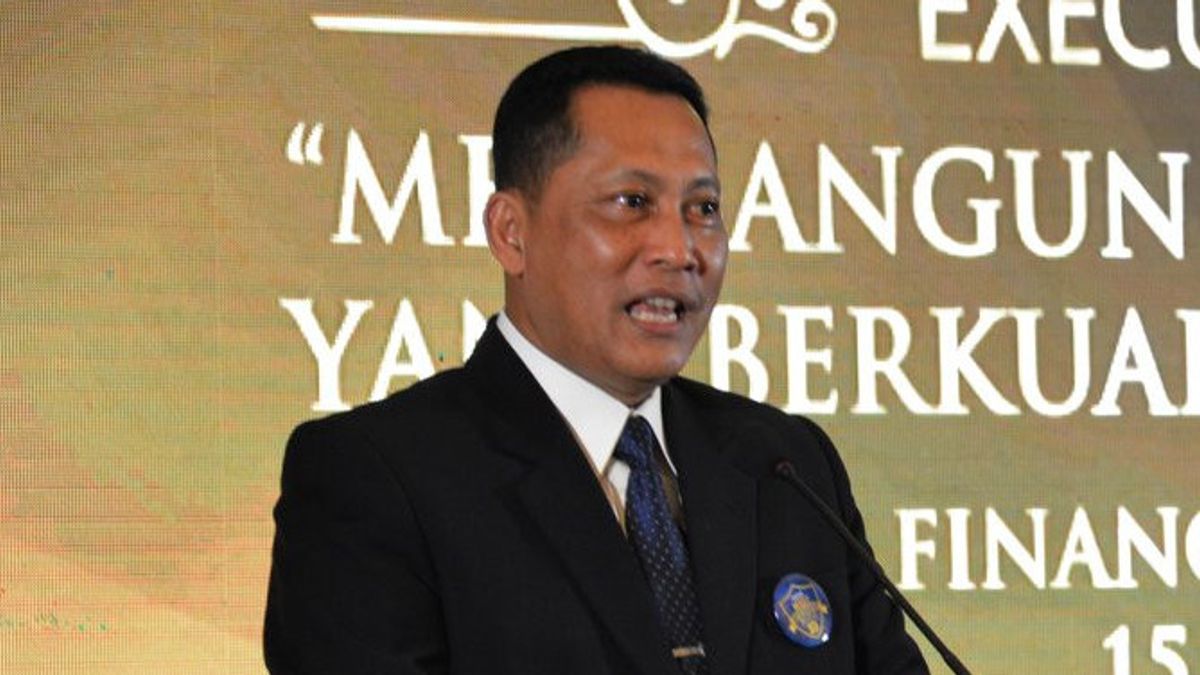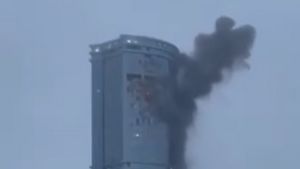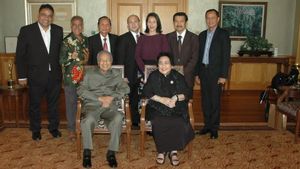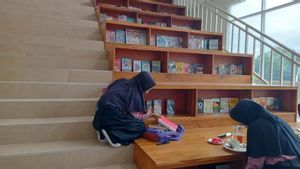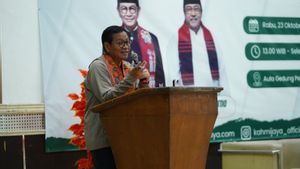JAKARTA - Indonesia's global food security index based on the economic intelligence unit is increasing every year. Initially in 2015 the figure was still at 46.7 percent, up in 2019 to reach 62.6 percent. However, there are still some areas where food independence is low.
Regions with low food independence, in the number one position are Papua with a percentage of only 1.8 percent, and West Papua at 2.2 percent. Meanwhile, Maluku is in third place with the percentage of food self-sufficiency at 3.6 percent.
This is inversely proportional to the regions of Yogyakarta and Gorontalo, where each percentage is at 6 percent. Meanwhile, the third highest position was South Kalimantan at 5.9 percent.
President Director of Bulog Budi Waseso (Buwas) said that in Eastern Indonesia, food independence was low because only rice was measured. Currently, the people of Papua are not accustomed to eating sago, because food has been changed to rice.
Furthermore, Buwas explained, the thing that causes low food self-sufficiency is also because rice production is only in two regions in Papua, namely Marauke and Manokwari.
"So if we look at the rice production, it is still very lacking. Because production is only in Merauke and part of Manokwari, but the largest is in Marauke. But for sago, the tubers are big in Papua," he said in a statement. IDX Channel program, Tuesday, July 14th.
Buwas explained that the food commodity other than rice in the Papua region, namely sago, is very abundant. In fact, if the government is serious about handling it, this could be a food force.
"Actually, if we want to see it, because what is seen from Papua is from the side of rice. Food is not only rice. If we want to talk about sago in Papua, if we want to produce well, there are 450 million tons per year of sago production," he said.
Not only that, according to Buwas, the production of this sago commodity can even meet the needs of the Indonesian people, which in one year reaches 36 million tons. However, to increase food self-sufficiency is not the domain of Bulog.
"To increase food self-sufficiency is the task of the Minister of Agriculture. Meanwhile, Bulog prepares its food supply and absorbs local production," he explained.
Involve Local Government to TNI for DistributionRegarding the distribution of food to remote areas whose accessibility is very limited, Buwas said, for the interior areas, his party involved the Regional Government and the TNI Commander.
"As in other Wamena hinterlands, we have collaborated with the TNI and we have prepared from a long time ago. Our predictions are not recent, but have been a long time. We are assisted by the existing strength of the transportation," he explained.
Furthermore, Buwas said, for the distribution of food to the interior areas, it did not use land routes, but by air using aircraft belonging to the TNI. Meanwhile, the costs are taken from cross subsidies.
"This is also the cost for us to be subsidized. It means cross subsidies. Why if in that region the price is not too high compared to other regions? Because the costs have been supported or subsidized by the government or from Bulog itself, cross subsidies are therefore not too expensive," he explained .
The English, Chinese, Japanese, Arabic, and French versions are automatically generated by the AI. So there may still be inaccuracies in translating, please always see Indonesian as our main language. (system supported by DigitalSiber.id)
